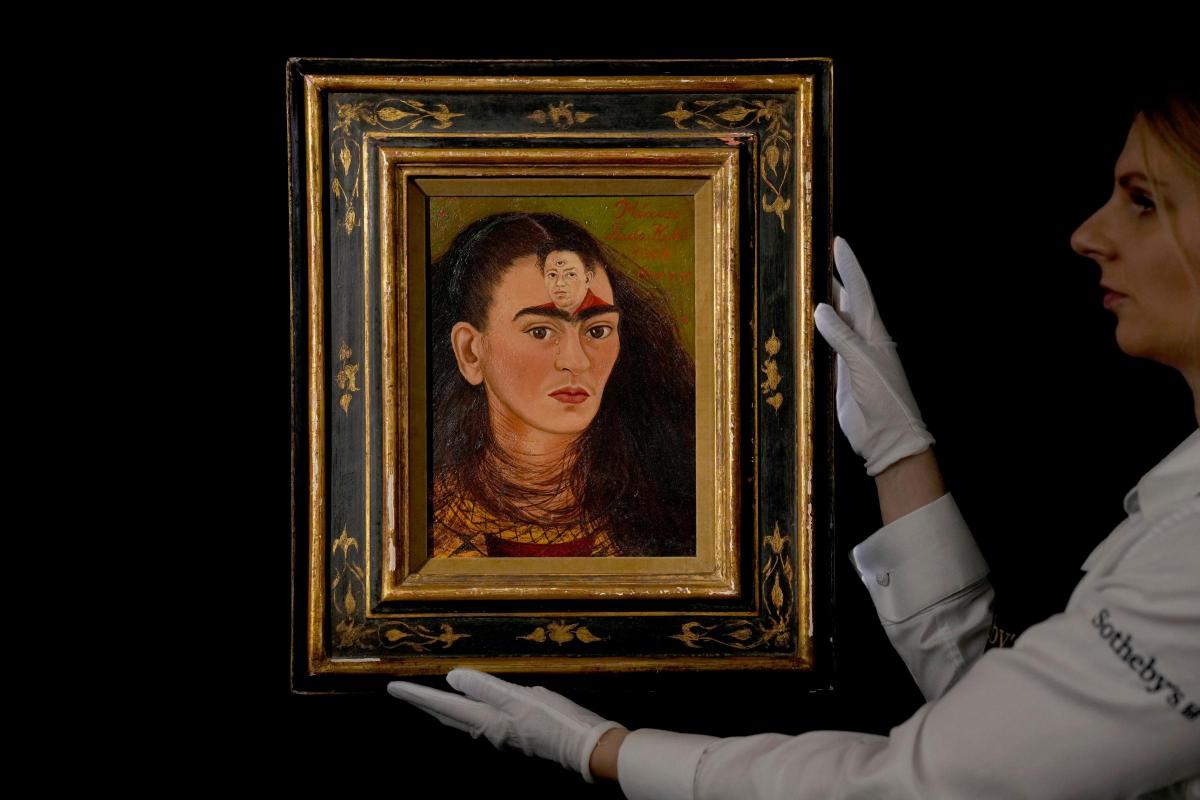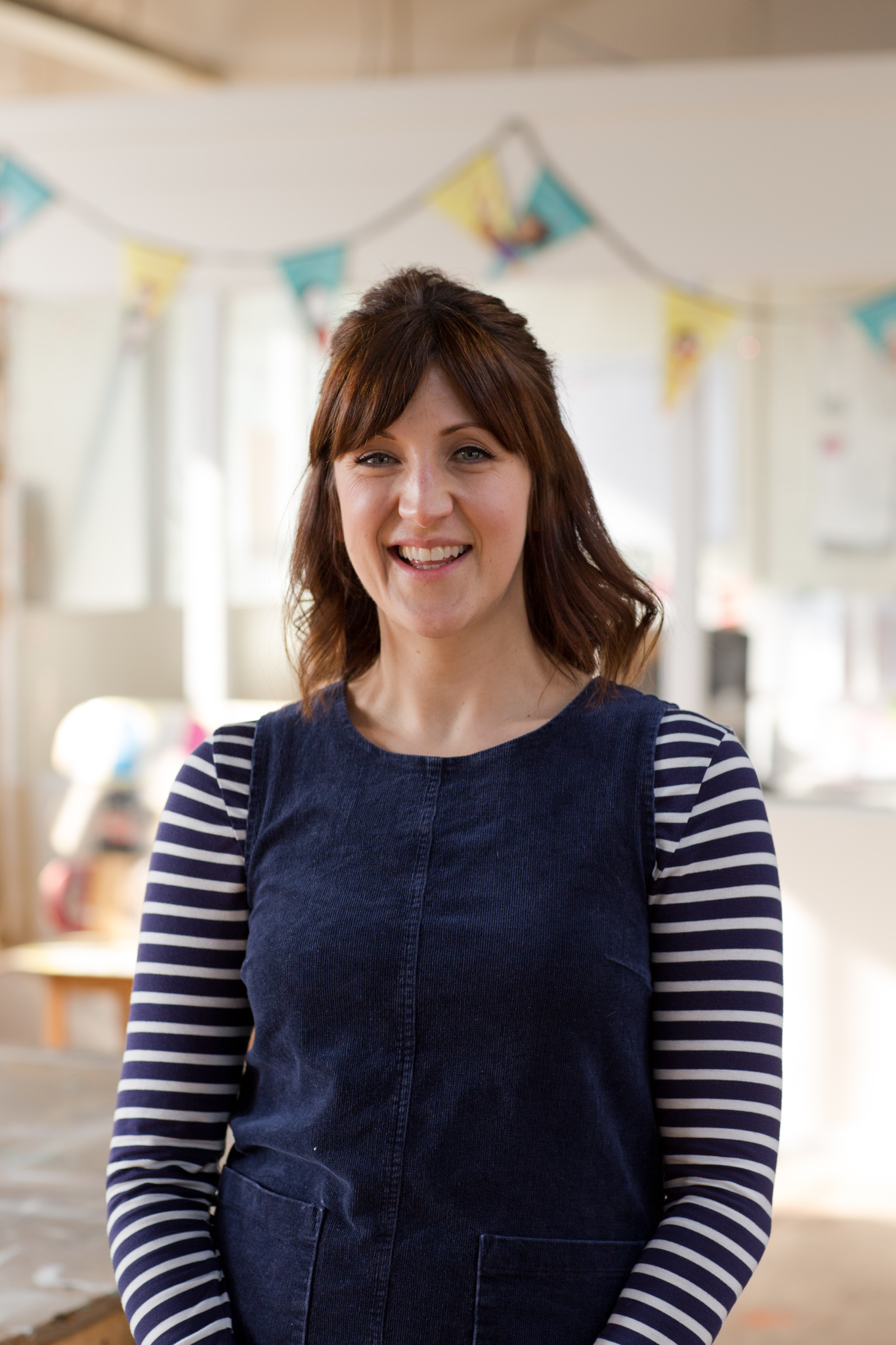
WHEN Kate Pankhurst discovered that celebrated suffragette Emmeline Pankhurst was a distant cousin, she had recently graduated from an illustration degree in Preston and was working, illustrating several other writers’ stories as well as teaching drawing workshops to primary schoolchildren.
It was fertile ground that sparked lots of ideas, she says, one of which was to address the lack of girl characters in children’s books, particularly powerful characters like Mariella, Pankhurst’s initial solo creation, first published in 2013.
Mariella is part of a crime-busting, feisty girl gang now eight books in. Drawn to making children’s stories, Pankhurst’s inspiration came from her own favourites, the Beano, Fungus the Bogeyman and Wallace and Gromit. She loves the humour in children’s writing, but early on identified that there was little out there to celebrate the achievements of women from history.
“It’s changed a lot in recent years,” she admits. That is in good part because Kate Pankhurst was one of the creatives who pioneered the way.
She had already started writing and illustrating a story about a female explorer when images of Emmeline began to appear, quite naturally in her sketchpads and the idea for her bestselling children’s book Fantastically Great Women Who Changed The World was born.
As an ongoing series Kate has now written and illustrated five of these picture books for five to eight-year-olds and two chapter books for seven to nine-year-olds.
The first in the series, Fantastically Great Women Who Changed the World has been nominated for the CILIP Carnegie and Kate Greenaway Children’s Book Awards.
It features several world-changing headliners from our past, including activist Rosa Parks; artist Frida Kahlo; scientist Marie Curie; explorer Amelia Earhart and of course, top suffragette Emmeline herself.
Later in the series, Kate (below) takes a deeper dive into the diversity of women’s history and features some high-achievers readers might not have heard of before. This is a way of broadening themes, she explains; Emmeline is not the only suffragette, Curie is not the only scientist.

We naturally accept that there is more than one famous male explorer, but as with any minority community, there is a temptation to stop at one woman. Pankhurst is not for stopping. She has now written books featuring multiple female scientists, environmentalists, artists and more.
Unlike her distant relation, she is not a traditional activist.
“I saw telling kids these stories as a way to communicate and empower them. Children could read the book and get a sense of what they might achieve and how they could develop their talents to fit in with their lives,” she says.
There are a lot of ways to change the world, we agree. We’re not all the same. The final pages of Fantastically Great Women Who Changed The World are the most important to her; featuring the Gallery of Greatness where the real-life figures in the book give advice directly to young readers.
“Anything is possible,” smiles Crimean War medical pioneer Mary Seacole. “Tell your story,” says Jane Austen.
The gallery is a key part of the franchise’s latest development, written and rehearsed just before the Covid lockdown: the book as a pop musical from one of the producers of hit SIX.
Pankhurst went to London to the production offices on Shaftsbury Avenue with her agent when the idea was first mooted. The all-female team who worked together to create the musical include director Amy Hall, dramatist Chris Bush, and songwriters Jennifer Decilvea (who has written for Miley Cyrus) and Miranda Cooper (who has written for Kylie Minogue and Girls Aloud).
Pankhurst was kept part of the process all along. While the team stayed true to why she had written the book, the musical is a departure from it.
“It’s a very different industry,” Pankhurst says.
Like many writers she’s a self-confessed introvert.
“When you write a book you do it alone and once it’s printed, it’s unlikely you’ll be able to make changes. People get hold of it and read what you’ve written, perhaps one or two people at a time. It’s a quieter way to communicate,” she laughs. “The stage show is louder and more organic. The stories develop over several performances, often in response to audience reaction.”

She’s seen it seven times now from the opening night in Southampton to a total of five performances in Liverpool, where she has lots of friends she wanted to take. Now she is coming to Edinburgh to see it again as part of the Fringe.
She loves watching the audience, she says, and their often emotional responses.
One evening in Liverpool she turned round at the end to see a mother and daughter hugging each other for a long time.
“That was great,” she admits, referring back to her original mission to have an impact on people and inspire them. She also loves that her work speaks to adults now as well as kids.
The show has reinterpreted several female historical figures for a live audience. In it schoolgirl, Jade, breaks away on her own on a class trip and wanders into the Gallery of Greatness where she meets the Fantastically Great Women Who Changed The World. They, of course, empower her to make change. Mary Seacole appears as a superhero and Jane Austen wears an empire-line dress short enough to give Mr D’Arcy a conniption.
Along with Frida Kahlo, Pankhurst claims these three women as her favourites to write about. The iconic imagery and self-confidence of Kahlo was a personal inspiration, as was Austen’s powerful story of having to publish anonymously and struggle to get her work into the public domain. Seacole was brave, organised and “endlessly optimistic”.
“They’re great stories to start to explore from,” Pankhurst says. Just as important as that though, the show is fun, full of upbeat songs and loads of humour. “I wouldn’t have it any other way.”
Fantastically Great Women Who Changed The World, The Pleasance, Edinburgh, August 4-29 (BSL Interpretation August 25) 1.30 pm. Suitable for ages eight and above







